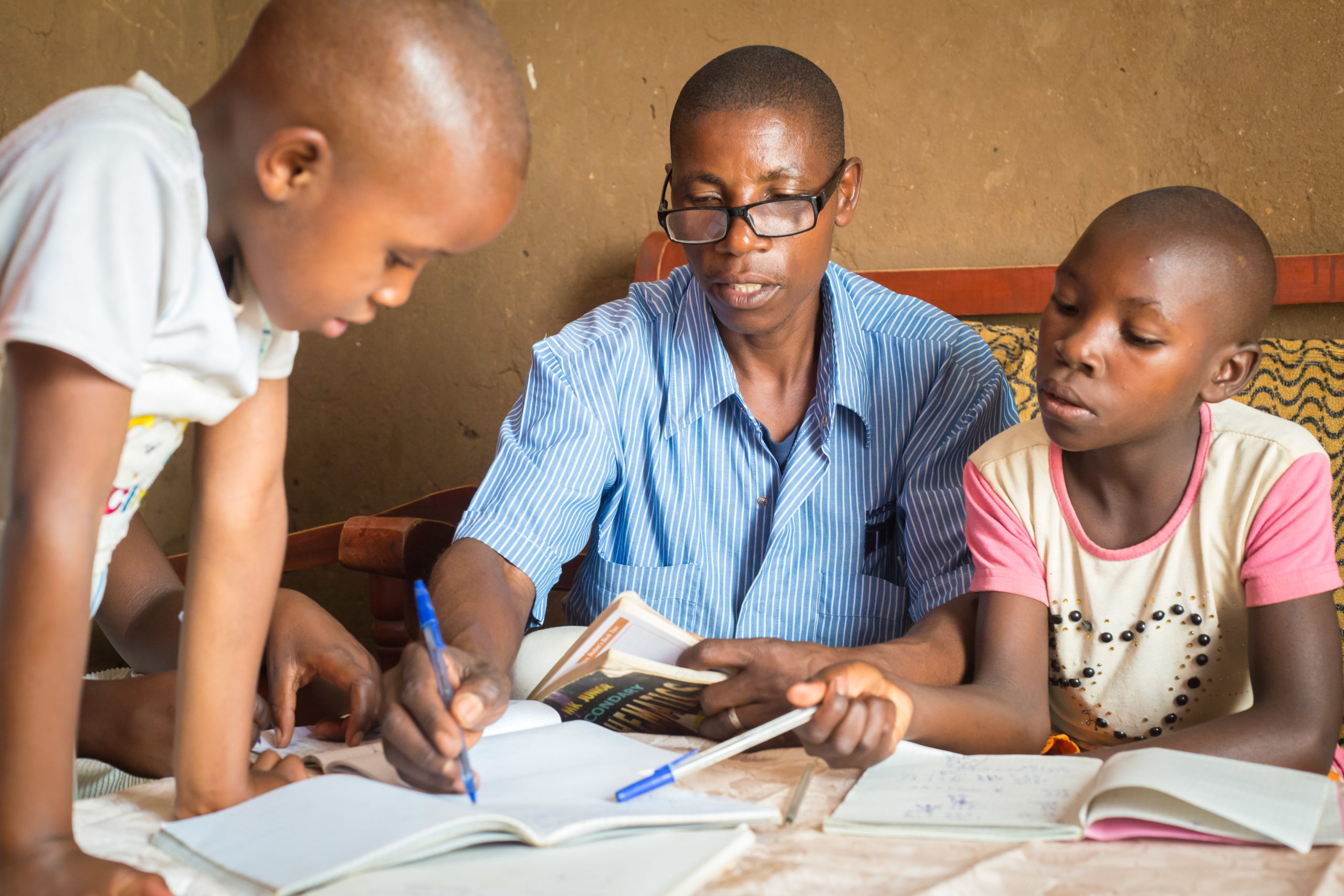To achieve the UN SDGs by 2030, the issue of eye health cannot be ignored
23 July 2021
Eyecare and healthy vision are often overlooked when discussing the development of global healthcare infrastructure. James Chen writes that paying closer attention to them could reap benefits far beyond simply being better able to read a book.
Eyecare and vision correction are too often overlooked when it comes to global development. In the context of the pandemic, it is easy to imagine both dropping far down the list of priorities when policymakers look at improving global healthcare infrastructure. Three things should persuade global health decision-makers to reconsider.
First, the pandemic has exacerbated the trend towards worsening eyesight, with the rate of myopia, short-sightedness, increasing across all age-groups, and exponentially so in some. The increase in short-sightedness in children ages 6-13 in 2020 was up to three times greater than any year between 2015 and 2019.
Second, the solution resembles relatively low-hanging fruit. Simple reading glasses, the kind you can buy in a £10 multi-pack in the UK, can solve the issue for many people with presbyopia (inability to focus on nearby objects) across the world. A lack of infrastructure and motivation is all that is stopping better distribution and widening access globally to improved eyecare.
Third, and most important, better global eyesight and vision could be the cornerstone to significant progress across a range of other global development milestones, from education to road safety and gender equality. For at least six of the UN’s 17 SDGs, enabling the world to see clearly is an important prerequisite. Meeting the UN’s ambitious timelines of attaining all goals by 2030 will require action on this front sooner than later.
To explain some of these connections, one only has to dig into the details. Long-sightedness is frequently undetected or detected late in children in the developing world, for example. Too many children are assumed to be less able to learn than their peers and are not able to reach their potential, as a result, and become at risk of falling into the informal labour market.
In terms of gender equality, two thirds of global visual impairment occurs in women. Short-sightedness, the most common vision problem in the world, starts for some people around the age of 35 and worsens until plateauing at 55, representing the portion of their lives when they have the greatest earning potential and are most likely to support dependent families. It becomes clear, therefore, that a lack of vision-correction is playing a role in women remaining less likely to participate in the labour market than men around the world. In terms of development, there is significant opportunity cost here: when women are able to work, they prioritise investing in their families health and education, with knock-on effects on many development metrics.
At Clearly, we fear that not enough decision-makers are aware of these connections. When these arguments are based on conceptual analysis rather than data, they also become open to objections and ‘whataboutism’. That is why the Chen Yet-Sen Family Foundation has partnered with the Wellcome Trust in launching a £3.5 million scientific programme with four trials to add quantitative evidence to this debate.
The first of these is STABLE, which will look to see whether addressing Vietnam’s epidemics of uncorrected short-sightedness will also lower the rate of motorcycle crashes among the young. CLEVER will discover whether access to glasses among 900 elderly people in India reduces or delays the incidence of dementia, the management of which currently consumes 1.5% of national GDP. ZEAL will explore whether low-cost screening can identify long-sightedness in children in Zimbabwe early on and provide access to academic interventions. The final trial is THRIFT, which will study whether access to glasses and training can improve financial independence among 400 elderly people in Bangladesh, helping them take better advantage of the Government’s plan to digitise all social safety net payments.
If these findings confirm our hypotheses, that could give decision-makers the evidence they need to establish well-funded, long-term programmes in ensuring everyone, including the 2.2 billion people currently suffering from poor vision, has access to the eyecare they need. That simple provision could help them lead longer, less dangerous, and more prosperous lives.
The SDGs are far-reaching goals in both scope and ambition for good reason: they direct us towards a world that is better not for a subset of the population, but for everyone. Reaching these goals will require many incremental steps. Ensuring everyone has access to glasses should be one of the earlier ones we take on our journey.

